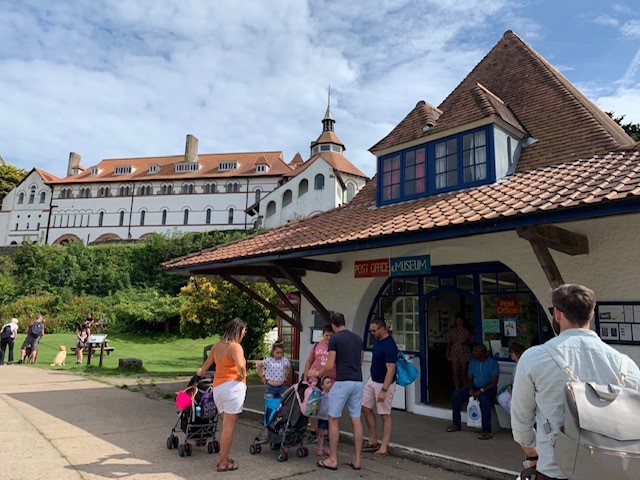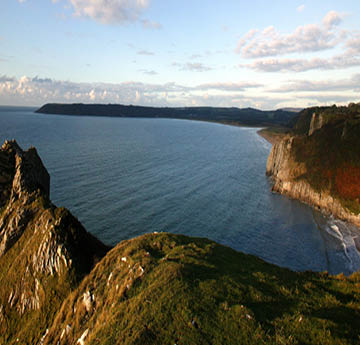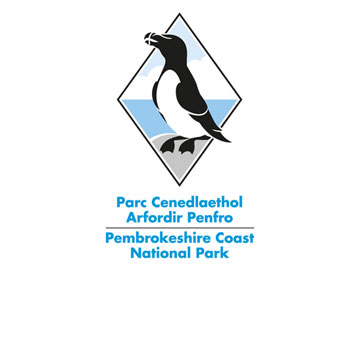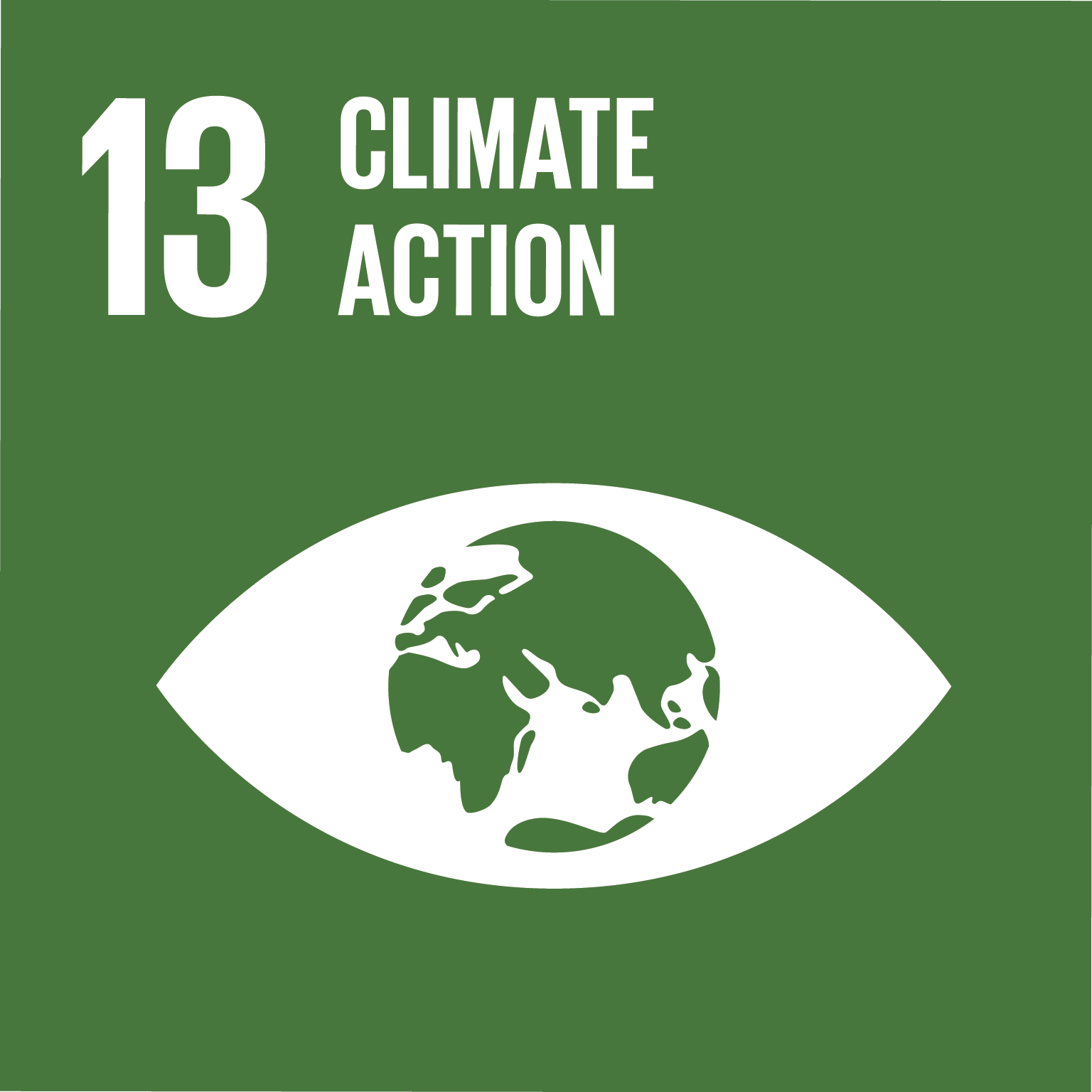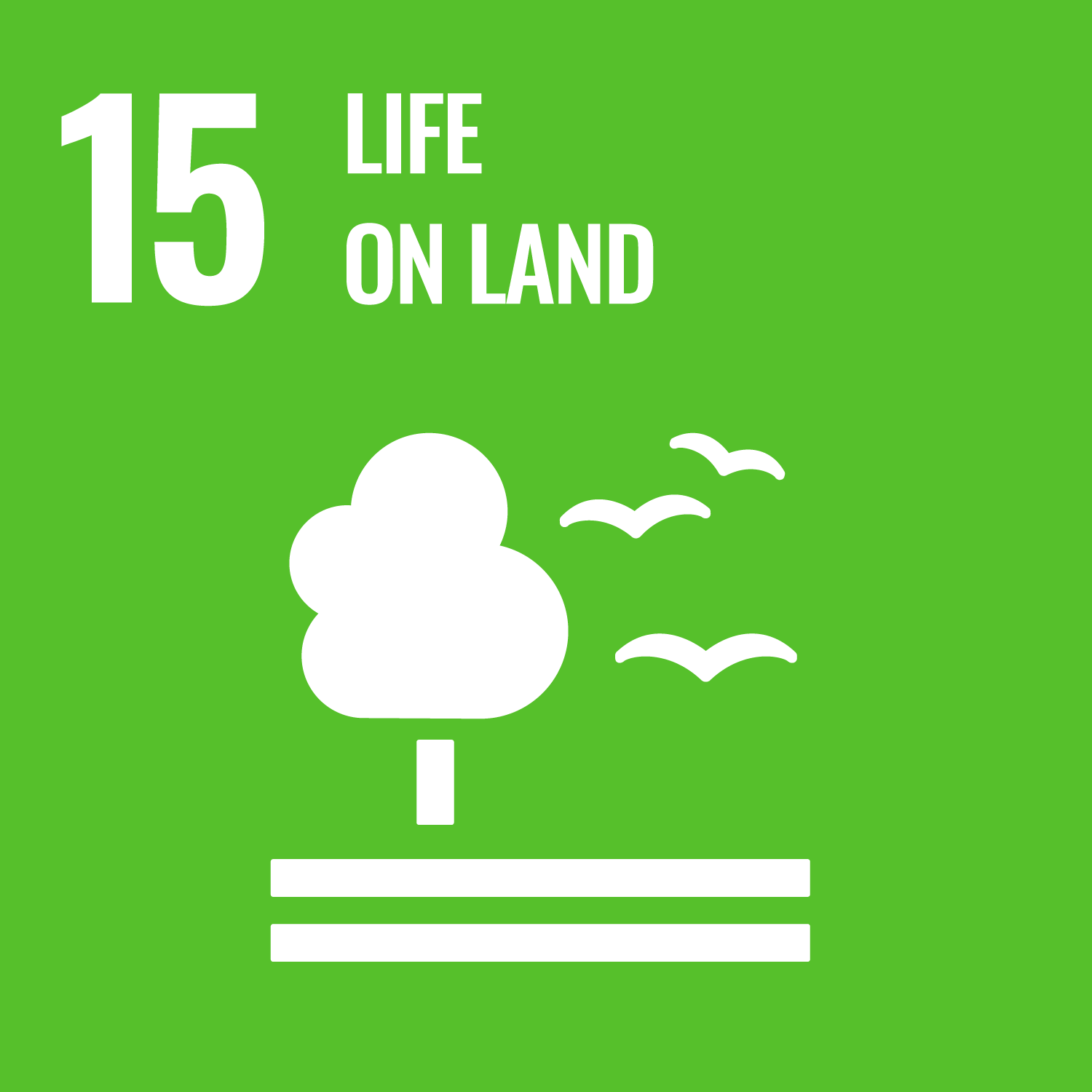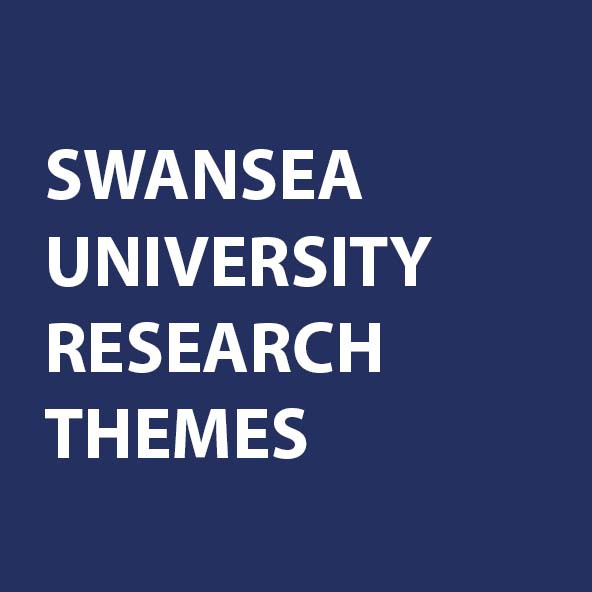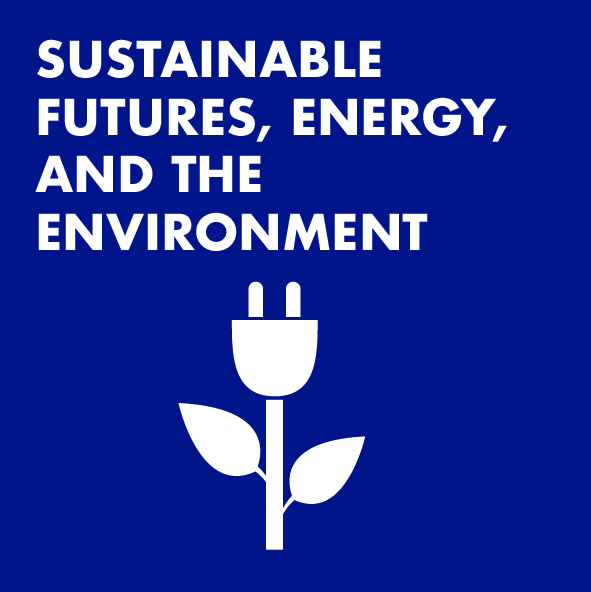Tourism has become one of the largest industries in the world, employing more than 10% of the world’s population prior to the covid pandemic. Tourism encompasses travel for both business and leisure, with the latter motivated primarily by visits to attractions and participation in events.
Despite the substantial economic benefits associated with visitor spending, tourism is increasingly associated with negative impacts on destination environments and communities. This is especially true of activities occurring within national parks and other protected areas, where excess use can cause a variety of harms including the overburdening of local infrastructure, disturbance of local residents and wildlife, damage to sometimes sensitive ecosystems, conflicts with other users, and diminishment of levels of visitor satisfaction.
The Method
In recent years, Pembrokeshire Coast National Park Authority (PCNPA) has seen a rising number of large organised outdoor events within their area. Given their mandate, to conserve and enhance natural and cultural resources whilst at the same time promoting opportunities for public use, PCNPA is eager to better understand – and ultimately better manage – the number, type, timing and location of these events. Development of an events monitoring process that is easy for organisers to engage with, yet also effective in mitigating harmful impacts, has involved extensive consultation with the wide range of individuals and entities involved in and impacted by events, using a mix of surveys, interviews and focus groups.
The Impact
Development of an effective events management process will enable the PCNPA, and other protected areas across the UK and beyond, to better meet their mission of facilitating enjoyable and safe experiences for all users whilst simultaneously maintaining the special qualities of protected lands.
Identification and implementation of more effective tourism planning, development and management strategies – strategies that celebrate the unique natural and cultural characteristics of destinations and that embed approaches to responsible tourism growth within the broader place-making agenda, are key to the harnessing of the power of tourism to help create more vibrant, sustainable, and resilient communities.
Such an approach is especially necessary in light of rising recognition of ‘overtourism’ and the continuing climate crisis. As the tourism industry recovers in a post-covid world, the opportunity exists to reimagine tourism in a more sustainable and regenerative manner. Ongoing collaboration with tourism planning and management agencies and the wide range of public, private and non-profit constituencies involved in the provision of tourism is absolutely critical to this mission.


